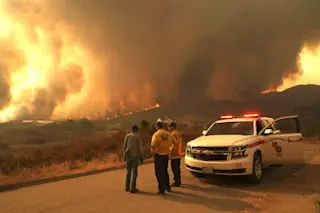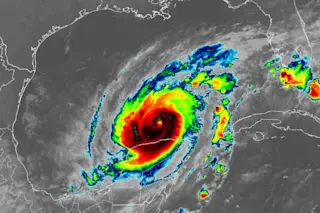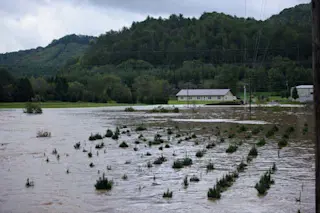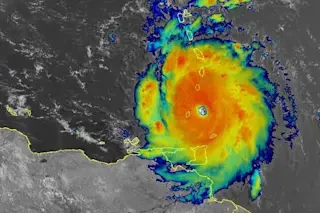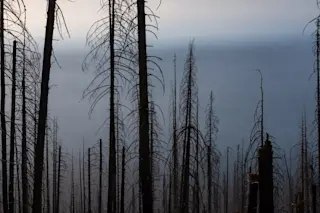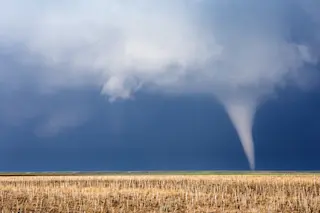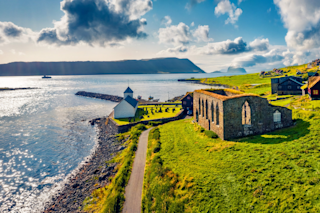Are we seeing another Cuyahoga River watershed moment in Australia? Maybe not. Jeremy Buckingham, an Australian politician and a member of the Greens Party, set the internet ablaze when he lit the Condamine River on fire to make a political statement. The incongruous blaze is caused by a methane seep beneath the river bed, which leaks bubbles to the surface and feeds the flames. Such seeps are known to occur naturally near coals seams, which produce methane.
[embed]https://www.youtube.com/watch?time_continue=89&v=NvJAKVnK4qM[/embed] This particular seep has been blamed on recent mining activity in the region, which is known to destabilize underground structures. The bubbling in the Condamine River began in 2012, and local environmental groups raised concerns that Coal Seam Gas (CSG) wells operated by Origin Energy were responsible for the unusual phenomenon. Origin Energy is one of three energy companies that operate coal seam gas wells in the region, and released a statement ...



